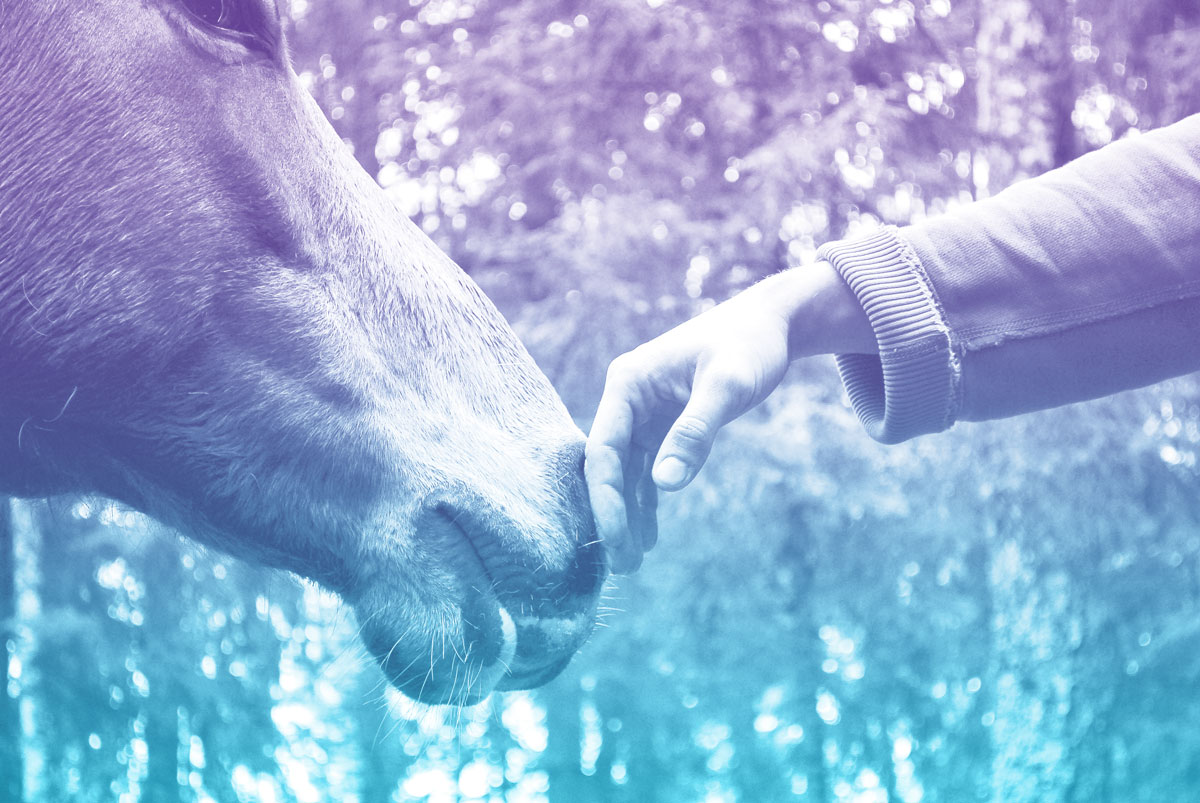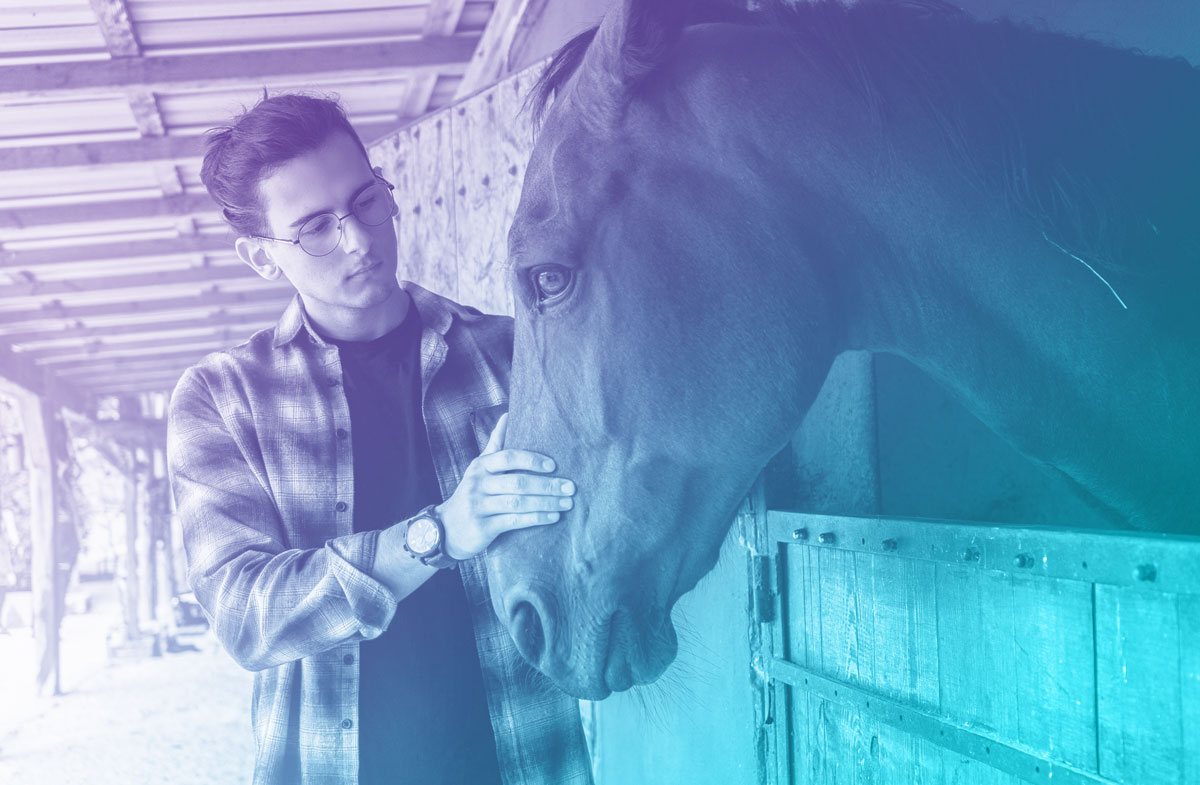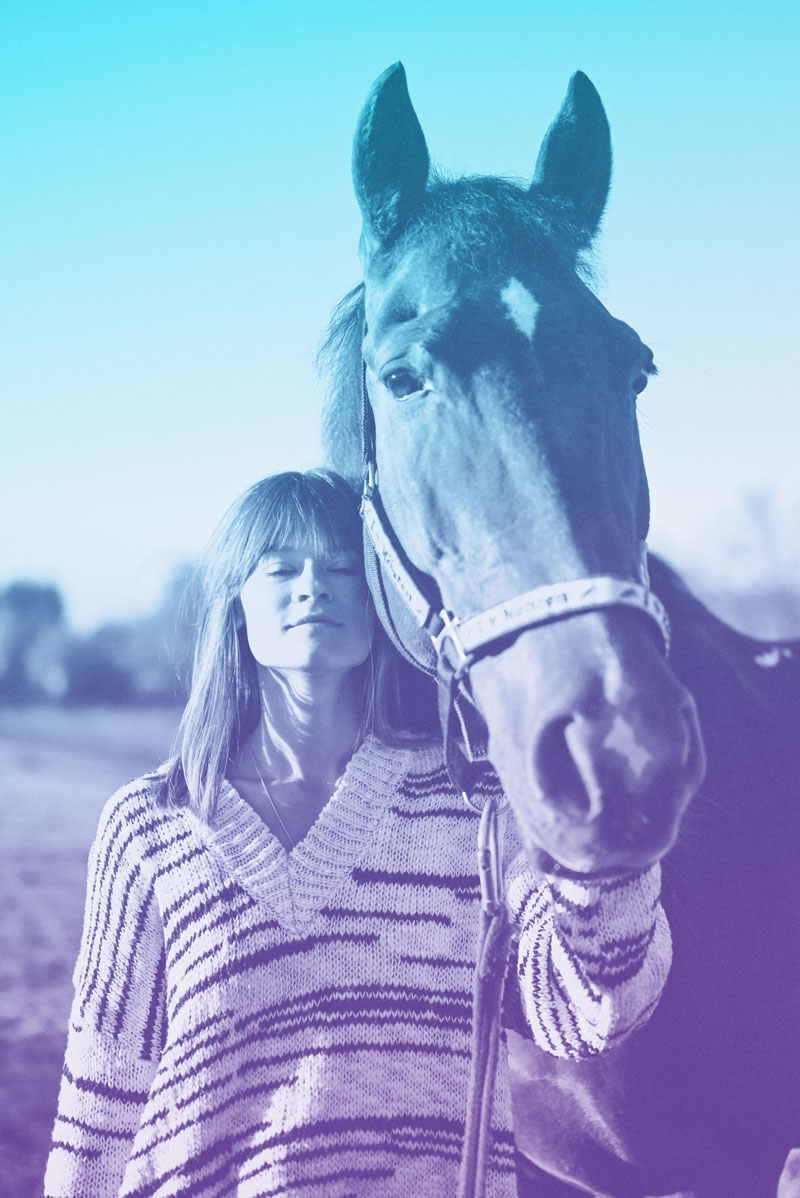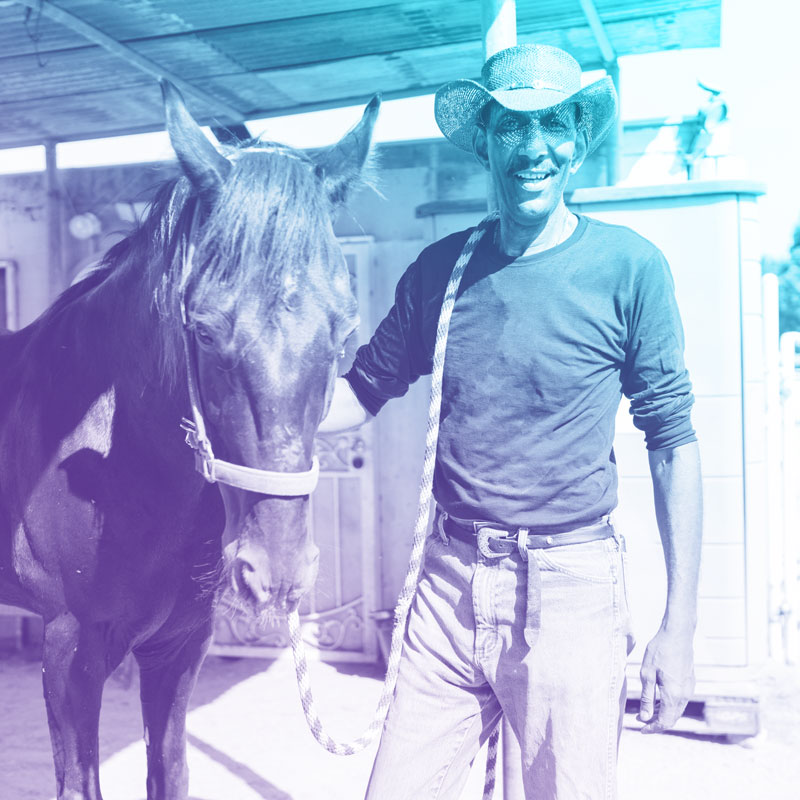Get Clean! Call us today!
1 (888) 330-2532
Wellness Program
Equine Therapy

People practice forms of equine therapy all around the world. The use of horses in treating human conditions began in trauma-based injury recovery and quickly spread to other modalities, particularly in the mental health field. Doctors soon discovered the benefits of treating mental health disorders like anxiety and depression through treatments like:
- Equine-assisted therapy (EAT).
- Equine-assisted psychotherapy (EAP).
- Equine-facilitated psychotherapy (EFP).
- Equine-facilitated learning (EFL).
- Equine-assisted learning (EAL).
Studies have found that equine therapy is most beneficial as an aspect of addiction treatment and Recovery.

EAL is one of the many addiction treatment options we integrate into our holistic therapy options. Horses tend to mimic the humans in front of them, internalizing their feelings and reflecting them back on the person. This connection makes equine-assisted learning and therapy an invaluable part of the healing process for some, as patients can see in real-time how their actions affect the world around them.

How Is Equine-Assisted Learning Used in Addiction Treatment?
Creating boundaries is an integral part of addiction Recovery, and who better to learn boundaries from than the experts? If you treat a horse in a way it doesn’t like, you’ll know immediately. Equine-assisted learning allows our patients to observe and work with horses in a judgment-free zone to practice respecting limits and establishing boundaries of their own.
Even though we can’t communicate with horses through spoken language, body language is essential to each interaction, giving a patient the chance to build communication skills. People are less likely to feel like they’re being judged or criticized by animals, so they’re more comfortable with the interaction. This interaction can give a therapist more insight into the patient.
Furthermore, interacting with a horse forces one to stay in the moment and care for someone else. Often, our patients may use alcohol or drugs to treat traumas both old and new. You can get caught up in your own head and have trouble focusing on the present. The act of caring for a horse and staying focused on the animal’s needs and emotions can help break patients out of this cycle.
How Does Equine-Assisted Learning Work?
You cannot overlook the benefits of equine-assisted learning for substance abuse disorder. While EAL is not about riding horses, it’s more about building a trusting relationship with the horse. This connection can help ease patients’ feelings of isolation and allows our therapists to observe how patients see themselves and build interpersonal relationships.
Other proven benefits of EAL include gaining:
Self-awareness and mindfulness
Confidence and assertiveness
Strength to resist negative emotions
Focus and memory skills
Emotional growth
ability to form connections/establish boundaries
Posture, balance and coordination
Impulse Control
How Is Equine-Assisted Learning Used in the Clean Recovery Centers Program?
Equine-assisted learning is part of our holistic therapy approach. We’ve found that it can be a valuable tool for anyone in our treatment programs, wherever they are in their journey. Due to timing and availability, EAL is currently limited to patients in our full-time and partial hospitalization programs. Our PHP programs have both day and night options, and once a week, we make time for them to visit our stable and interact with the horses.

